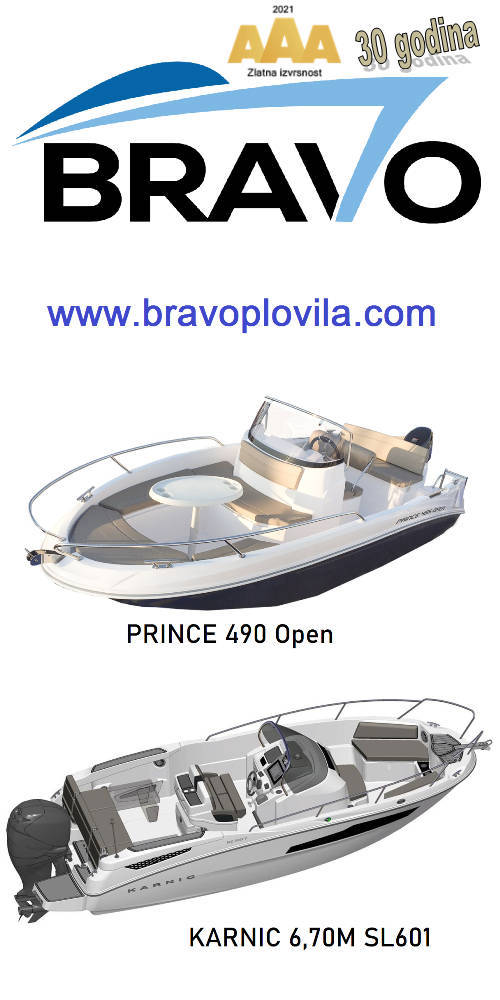ALEXANDRIA, Va., September 15, 2011 - Normally this time of year, boaters have to be concerned about cooler water temperatures, rapid temperature swings, and being more self-reliant as fewer boaters are on the water to help in a potential emergency. With the recent storms, however, you can add one more to the list: a dramatic increase in the number of submerged objects lurking on or just below the surface of rain swollen rivers, lakes and bays.
Bob Adriance of the BoatUS Damage Avoidance Program says, "The fact is that small boats moving at high speeds can be sunk easily by striking a submerged object, whether it's a tree, parts of buildings, fences, landscape timbers or other debris washed down in recent storms."
What's the best precaution? Slow down after significant rain events and post extra lookouts - the more eyes the better. "It's really a problem for any boat as running gear and outdrives can be damaged and lead to water coming in," says Adriance.
BoatUS has these four tips:
Before you go: Have all of the safety and communications gear aboard and ensure the bilge pumps are working and there is no debris in the bilge. It's always a good idea to have an extra bailer or two aboard, such as a bucket, emergency hand pump or even a cut-off detergent bottle. Also understand that navigational aids may have shifted.
Stop for any "thud": If you hear a thud, always stop the boat immediately and inspect the bilge or storage compartments for damage - then check again a short while later. BoatUS Marine insurance claims files show that a crack can open up after a boat has bounced around a while. Another sign of damage is the boat may feel "funny" or less responsive, a sign that water is coming aboard.
Put on life jackets: If you find water coming aboard - even if it's just a trickle - immediately put on your life jacket and notify the Coast Guard as you could lose the power and the ability to send a distress call on your VHF. It takes only seconds for a trickle to get worse.
Be prepared to improvise: If you do find a hole in the hull, bilge pumps alone may not stem the tide. Use anything you may have aboard such as towels, wooden bungs (keep them handy for plugging round holes such as prop shaft logs), or other gear to wedge into holes or cracks.
BoatUS.com
###






















